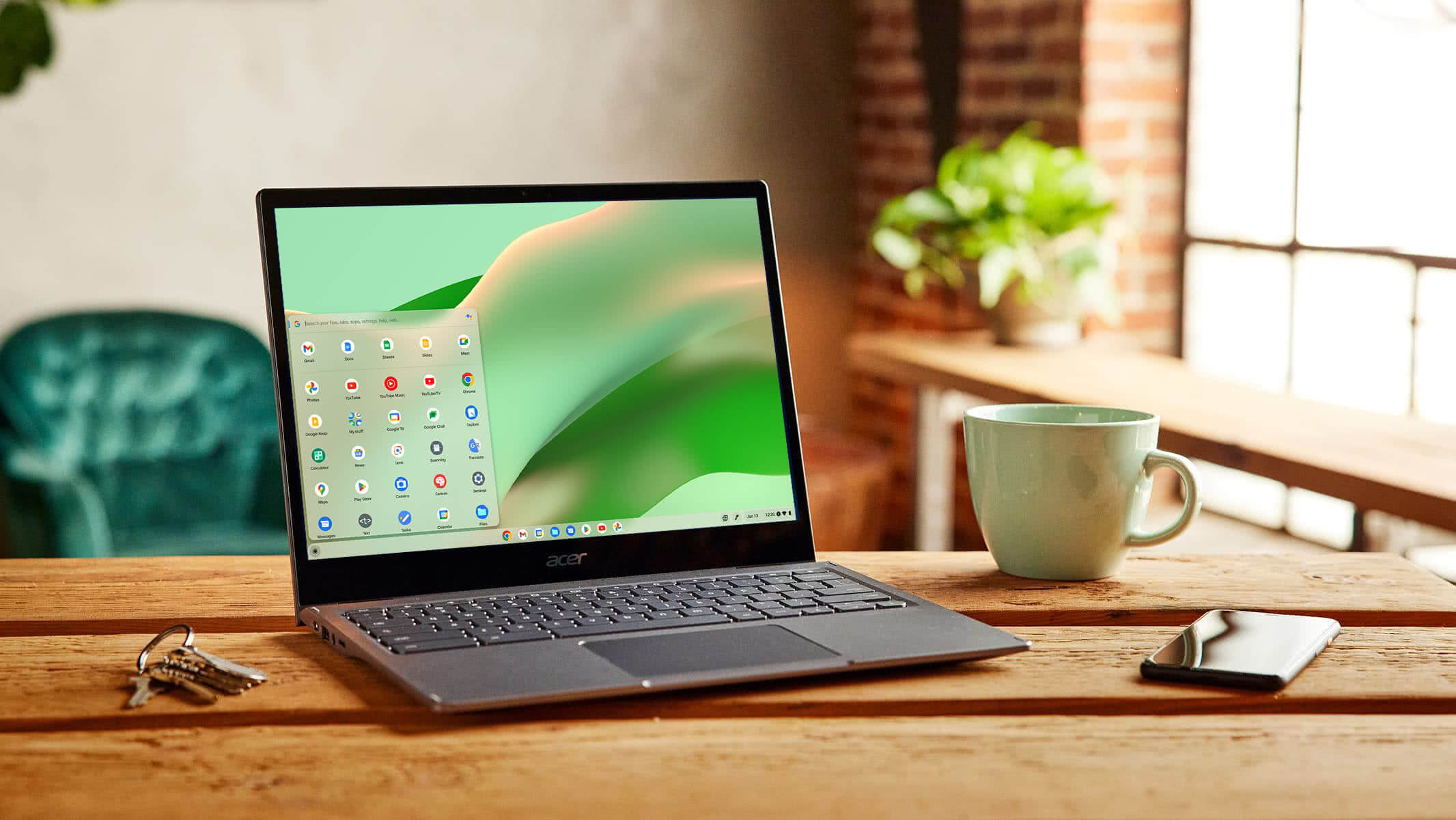If you want to monitor a file access in Windows, there are a few ways you can do it. One way is to use the Event Viewer, which is a tool that lets you view system and application logs. To use the Event Viewer, go to Start > Run and type eventvwr.msc.
Once the Event Viewer opens, expand the Windows Logs folder and click on Security. This will show you all the events related to file access on your computer. Another way to monitor file access is by using theauditpol command-line tool.
To use this tool, open a Command Prompt window and type auditpol /get /category:* . This will show you all the auditing policies that are currently configured on your computer.
If you want to monitor a file access in Windows, there are a few different ways you can do it. One way is to use the Event Viewer, which is a tool that lets you view logs of events on your computer. You can use Event Viewer to look for events related to file access, and then you can generate a report of those events.
Another way to monitor file access in Windows is to use the File History feature. This feature keeps track of changes made to files on your computer, and it can be used to restore previous versions of files if necessary. To use File History, simply go to the Control Panel and search for “File History”.
Then, just select the drive or folder that you want to monitor and choose how often you want File History to save copies of changed files.
Monitoring file access in Windows doesn’t have to be complicated – just use one of the methods described above and you’ll be able to keep an eye on who’s accessing your files and when.
File Access History Windows 10
Most of us know that we can view our recently accessed files in Windows 10 by going to the File Explorer, clicking on “Quick access” in the left-hand column, and then selecting “Recent files” from the drop-down menu. But did you know that you can also view your file access history? This is a handy feature if you want to keep track of what files you’ve been working on or if you need to find a file that you can’t remember the name of.
Here’s how to do it:
1. Open the File Explorer and click on “View” in the top toolbar.
2. Select “Show/hide” from the drop-down menu.
3. Check the box next to “File History” and click “OK”.
4. You should now see a new column called “File History” in your Quick access section. Click on it to expand it and see your recent file activity.
Monitor File Access Windows
The Windows operating system includes a number of features that help protect your computer and its data from unauthorized access. One of these features is the ability to monitor file access on your system. This can be a valuable tool for keeping track of who is accessing what files on your computer, and can help you spot potential security risks.
To view the file access logs on your Windows system, open the Event Viewer application. In the left-hand pane, expand the Applications and Services Logs section, then click on Microsoft > Windows > File History-Core > Operational . Alternatively, you can just type “file history” into the search box at the top of the Event Viewer window.
In the right-hand pane, you will see a list of all recent file access events. Each event will include information such as the date and time of the event, the user account that accessed the file, and the path to the file in question. You can use this information to get an idea of which users are accessing which files on your system, and whether any suspicious activity is taking place.
If you notice any unusual or unauthorized file activity taking place on your system, you should take steps to investigate further and secure your data accordingly. For example, if you see someone accessing sensitive financial data that they shouldn’t have access to, you may want to change their permissions or contact them directly to find out why they were trying to access those files. By monitoring file activity on your Windows system, you can help keep your data safe from unwanted eyes.
How to See Who is Accessing a File on Server
If you want to see who is accessing a file on your server, there are a few things you can do. First, check the server logs. These will show you all of the activity that is happening on your server, including who is accessing what files.
Another option is to use a tool like File Monitor Plus. This tool allows you to monitor all activity on your server in real-time, so you can see exactly who is trying to access which files.
Finally, if you have access to the users’ computers, you can check their individual activity logs to see what files they are accessing.
This may require some IT expertise, but it’s the best way to get granular information about who is accessing what files on your server.
Windows File Audit Logs
File auditing in Windows generates logs that can be used to track which users accessed or attempted to access which files and folders on a system. These logs can be helpful in determining whether unauthorized access has occurred, or in tracking down the source of malware infections.
Windows includes two file audit policies: Audit object access and Audit process tracking.
Audit object access audits events such as file creation, deletion, and permission changes. Audit process tracking audits events such as program execution and resource usage. Both policies are disabled by default.
Enabling either policy will cause Windows to generate a log file containing information about the corresponding events. These log files are stored in the %WINDIR%\Security\Logs folder. The Security event log viewer can be used to view these logs; however, they can also be viewed using a text editor such as Notepad++.
When troubleshooting file-related issues, it is often necessary to review the records contained in these log files. Some common scenarios where this might be necessary include:
• Investigating unusual activity on a system, such as unexpected file deletions or modifications
• Determining who accessed a sensitive file or folder, and when they did so
Softperfect File Access Monitor
Softperfect File Access Monitor is a handy tool that can be used to monitor file access on your computer. It can be used to track down who is accessing what files, and when they are accessing them. This can be useful for tracking down unauthorized access to sensitive files, or for auditing purposes.
Softperfect File Access Monitor is easy to use and install, and it runs silently in the background so you won’t even know it’s there.

Credit: www.google.com
How Can I See Who Accessed a File?
There are a few ways that you can see who accessed a file. One way is to check the file’s permissions. Every file has an owner and a group associated with it.
The owner of the file has certain privileges, such as the ability to read, write, and execute the file. The group associated with the file also has certain privileges. To see who has access to a particular file, you can use the ls -l command.
This command will list all of the files in a directory, along with their permissions. For example, if we have a file named foo in our current directory, we would use the following command:
ls -l foo
This would give us output that looks like this:
-rw-r–r– 1 jane users 0 Apr 18 12:34 foo
The first column shows us the permissions for the file.
In this case, we can see that only the owner (jane) and members of the group (users) can read and write to this file; everyone else on the system can just read it. If we wanted to allow everyone to read and write to this foo file, we could use this command:
chmod o+rw foo
Which would change its permissions so that they look like this:
-rw-rw-r– 1 jane users 0 Apr 18 12:34 foo
Notice how it changed from “-rw-r–r–” to “-rw-rw-r–“?
The “o” stands for “others”, which is anyone who isn’t either Jane or in her group (users). By adding “+rw”, we’re giving others permission to both read and write to this particular file.
How Do You Check Who Accessed a Folder in Windows?
To check who accessed a folder in Windows, you can use the Event Viewer. To open Event Viewer, go to Start > Run and type “eventvwr”. Once Event Viewer is open, expand the “Windows Logs” section and click on “Security”.
Under the “Security” logs, you will see a list of all the events that have occurred on your computer. Find the event that corresponds to when you accessed the folder and double-click on it. The event properties will show you the user account that was used to access the folder.
How Do You Track Who Accessed Read Files on Your Windows File Server?
If you’re using a Windows file server, there are a few ways you can track who has accessed or read files on the server. One way is to enable auditing on the file server. With auditing enabled, you can see who has accessed or read files on the server by looking at the security log in Event Viewer.
Another way to track file access is to use a third-party monitoring tool like FileAudit from ManageEngine. With FileAudit, you can see who has accessed or read files on your file server in real-time, as well as get alerts when certain types of activity occur.
How Do I Monitor Files in a Folder?
Assuming you would like to know how to monitor files in a given folder using Windows 10, here are the steps:
1. Right-click on the desired folder.
2. In the “Properties” window that appears, click on the “Security” tab.
3. Click on the “Advanced” button near the bottom of said tab.
4. In the new window that pops up, click on the “Auditing” tab.
5. Once in the auditing tab, click on the “Add” button near the bottom left corner of the window.
6. A new pop-up will appear; select your user account from under “Principal”, check all three boxes under “Type”, and then hit OK twice to confirm and apply your changes/settings.
The easiest way to monitor files for changes | Directory Monitor | Free
Conclusion
If you want to monitor a file access in Windows, there are a few things you can do. One is to use the Event Viewer, which will show you all the events that have happened on your computer, including file accesses. Another option is to use a third-party program like Process Monitor, which will give you more detailed information about what’s going on with your files.


